Making Every Scrap Count
Gareth's Tips, Tools, and Shop Tales - Issue #69
Making Every Scrap Count
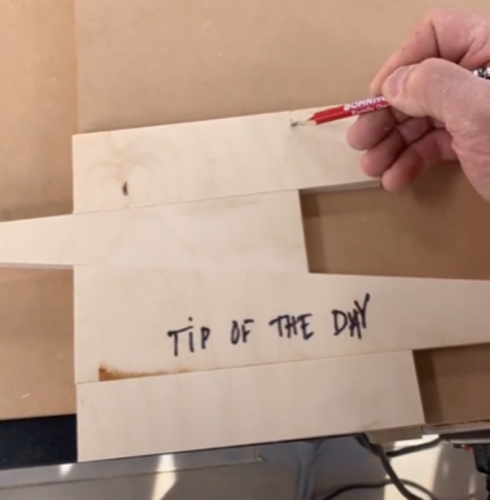
Cutting too-small scraps on a diagonal to get the most out of them.
Jimmy DiResta has started doing “Tip of the Day” videos on his Instagram stories. This gladdens my heart because Jimmy telling me about his Dad doing these was one of the inspirations for my tips book (and by extension, this newsletter). When Jimmy was working construction with his Dad, every morning over coffee, Dad would announce “tip of the day” and share words of wisdom with his crew. Now, Jimmy’s doing the same with his internet “crew.” In the above tip, he shows how, if you have a piece of special wood that you want to use and it’s too small to fit the desires space, try cutting it on the diagonal and positioning the two resulting triangles to create a composite piece.
Is Keeping Idea Notebooks a Bad Idea?
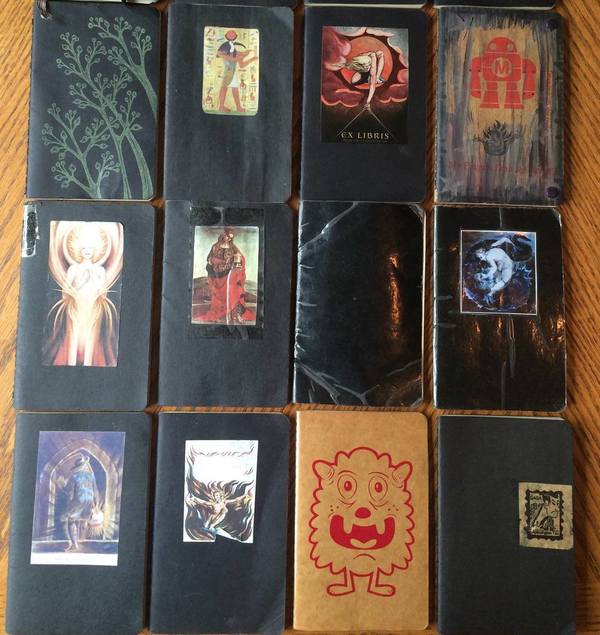
Some of my pocket notebooks from over the years.
One of my favorite books on the craft of writing is Stephen King’s On Writing. I’ve learned and incorporated so much from it. One bit of his advice that I completely disagree with is about not keeping idea notebooks. King is fond of saying that “notebooks are where your ideas go to die.” I love the volumes and volumes of my pocket notebooks. They not only hold ideas that I’ve had (and yes, many I end up using), they form something of a record of my creative thinking over the years. But, the reason King gives for his dislike of such book contains a kernel of truth. He says such notebooks only capture weak ideas that don’t have enough presence for you to remember them. Really brilliant ideas, he says, never leave you, they haunt you (we know they haunt him) till you have to do something about them. That part I agree with. For me, good ideas (that I might come back and mine later on) go into notebooks. Great ideas persist whether I write them down or not. [Over the past 15 years or so, I’ve kept the same kind of notebooks, the Moleskine Cahiers. I’m up to about 25 volumes. If there was a fire in the house, besides saving my beloved Angela and Toci the cat, these are what I’d grab next.]
Jar Remover Rubber Grips in the Shop

Rubber persuaders for the shop.
We all know about the usefulness of rubber jar openers in the kitchen, but they’re also useful in the shop. Besides using them on bottle and jars, they also come in handy for getting extra grip and torque on tools like drivers and for tightening handles and knobs on machinery.
3D Print a Pocket Hole Jig
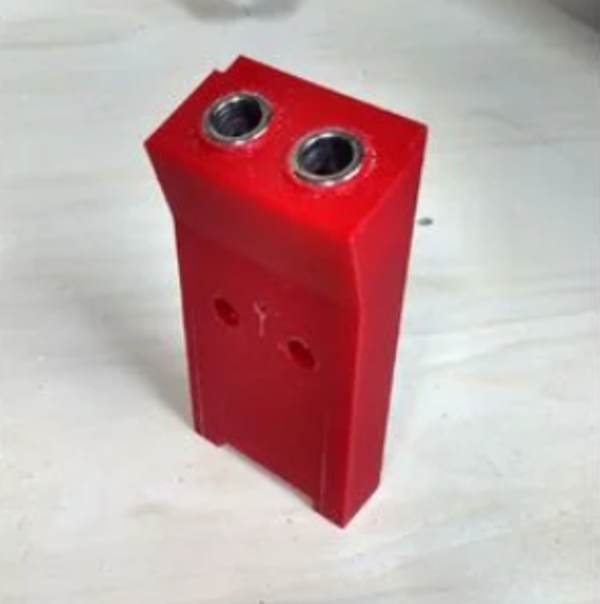
Save yourself some dough and 3D print your next pocket jig.
If you do woodworking and have access to a 3D printer, you can save money on pocket hole jigs (used to drill angled holes in wood for fastening to another board). This 3D printed jig is equivalent to the heavy-duty jig that Kreg sells for $70 (including bit and driver). Besides the few bucks in printer filament, the jig uses two ½” ID bushings.
Delaying Removal of the Protective Plastic on Electronics
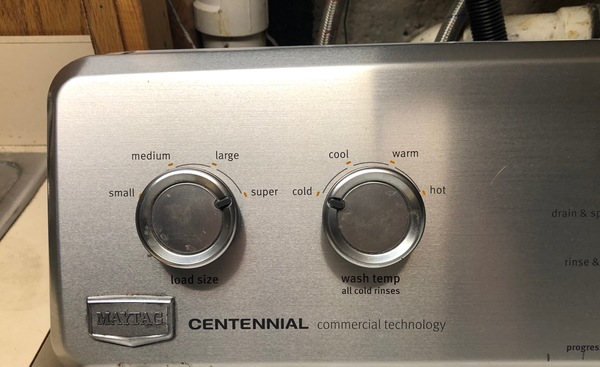
The control surface of my washing machine is new all over again!
You know how this works. Months after getting a new appliance or consumer electronic device, you realize that you forgot to remove that protective plastic film on the control surface. Removing it…man is that satisfying. In fact, it’s so satisfying (think: popping bubble wrap) that there’s even a name for it: “That peeling feeling” or “TPF.” And a Reddit group. Recently, I discovered that I’d forgotten to remove the film on several devices. The most recent was my Maytag washing machine which is at least 15 years old. It was looking pretty shabby, but after removing the plastic, it’s like new again! At least the control panel is. I’m thinking that, in the future, I might leave that film on until the device is in need of a little facelift. That peeling feeling. Magic!
Hand-Making a Gorgeous Shop Dustpan
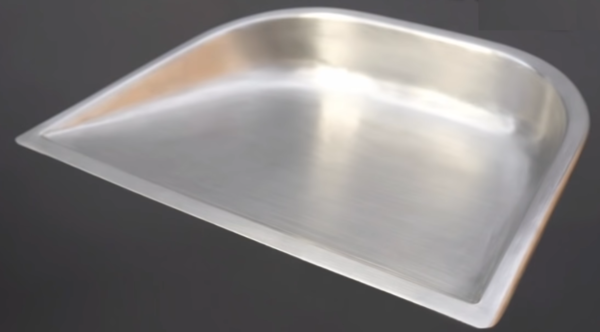
World’s most beautiful dustpan.
In a recent video series on Ron Covell’s YouTube channel, he builds a hammer-form for fabricating a gorgeous aluminum dustpan. The project is a collaboration between him and This Old Tony. Ron is making the pan and Tony will make the handle. Ron has one more video in the series and then Tony will do a video on making the handle. There are some great tips in here, like annealing (softening) aluminum for bending by using black permanent marker to cover the metal and then burning it off with a propane torch. The ink burns off at the temperature needed for the annealing to happen. And he shares a tip for using bar soap on a disk sander and the workpiece to act as a lubricant and to keep the disk from getting loaded up with aluminum filings (aka “swarf”).
Shop Talk
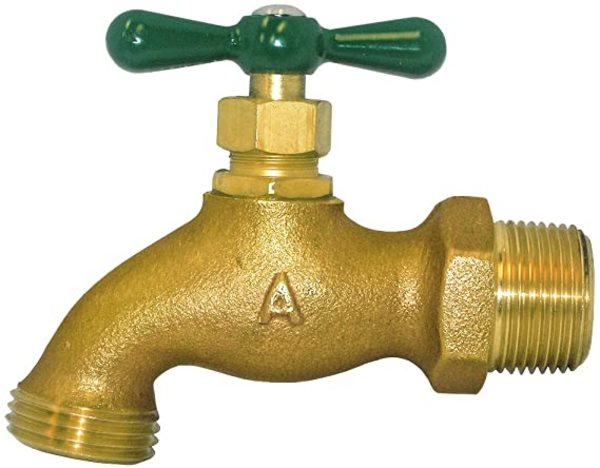
That’s a “hose bib” to you, mister!
Paul Dulaney on using the wrong term: “I’m not hands-on when it comes to plumbing and this week I called a plumber to replace the pressure regulator valve at the front of my house. I told him that I would also like him to replace the faucet that the garden hose is connected to. Apparently ‘faucet’ is the wrong word; it’s called a ‘hose bib.’”
I just discovered this myself when I replaced my hose bib a few months ago. I’ve always called it a spigot or outdoor faucet. While these terms are often used interchangeably, the most industry-accepted terms are hose bib (or hose bibb or hose bibb) and sillcock. The main difference between an indoor faucet and a hose bib is that a bib is made to withstand the elements. The term sillcock refers to the fact that it’s usually located on the sill board above the house’s foundation.
***
In response to my piece on dirty work hands, reader KokoTheTalkingApe responded: “When I studied printmaking, I was constantly getting block ink on my hands, and that stuff is powerful. Even a tiny bit will stain your hands, plus all the switches and handles and doors and equipment you touch, plus your clothes, your face, plus all the stuff that your clothes touch, etc. It just never stops.
“But I had a woman in our class who was a semi-pro lithographer, making prints that sold for hundreds or thousands of dollars. She was taking the class just to broaden herself a little. Her hands were always perfectly clean. She didn’t wash her hands all the time, she just was mindful of how and where she put ink. I would walk out of the class looking like a coal miner, and she looked like she’d just come from the mall. She was skilled, that’s all there was to it.”
11/19/20(Gareth’s Tips, Tools, and Shop Tales is published by Cool Tools Lab. To receive the newsletter a week early, sign up here. — editors)









